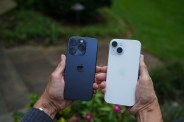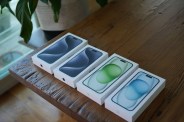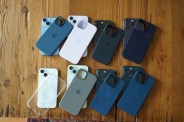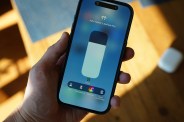Apple introduced a pretty neat security feature to your iPhone with its latest software update, iOS 17.3. It’s called Stolen Device Protection and, as its name suggests, it adds an extra layer of security to your iPhone in the event that it gets stolen. Apple recommends that everybody turn it on.
Here’s how it works.
When Stolen Device Protection is enabled, your iPhone changes what’s required to gain access to sensitive information or do sensitive tasks — like using passwords saved in Keychain, making payments with your virtual Apple Card, turning off Lost mode, and erasing all your iPhone’s content and settings — based on its location.
If your iPhone is located in a familiar location, like your home or office, you can gain access to sensitive information as you normally do, via a PIN, passcode, Face ID or Touch ID (for iPhones without Face ID). However, if your iPhone is in a non-familiar location — say, a new worksite or a restaurant — then it’ll require a type of biometric authentication, so either Face ID or Touch ID. No PIN or passcode will do the trick.
The idea is that Stolen Device Protection prevents somebody from stealing your iPhone and gaining access to all your sensitive information just by typing in a PIN or passcode.
When Stolen Device Protection is enabled, it also turns on something called Security Delay. This is another security detail that makes it more difficult for somebody to change your iPhone settings — like logging out of your Apple ID or changing your Apple ID password — when in a non-familiar location. Basically, it requires biometric authentication twice, once initially and once after an hour.
Security Delay is meant to further prevent a thief from changing vital iPhone settings and gives you more time to mark your iPhone as lost in the Find My app.
If you’re somebody who uses Face ID (or Touch ID) to unlock your iPhone all the time, the reality is that Stolen Device Protection won’t really impact how you interact with your iPhone on a day-to-day basis. But it’ll give you a little more peace of mind.
How to Turn on Stolen Device Protection

When you download iOS 17.3, you might be prompted to turn on Stolen Device Protection on from the start. However, there’s a good chance that you won’t be — I wasn’t — so you’ll need to enable it in settings. Here’s how to do so.
- Open the Settings app.
- Scroll down and select Face ID & Passcode.
- Type in your iPhone passcode.
- Scroll down and turn on Stolen Device Protection.






